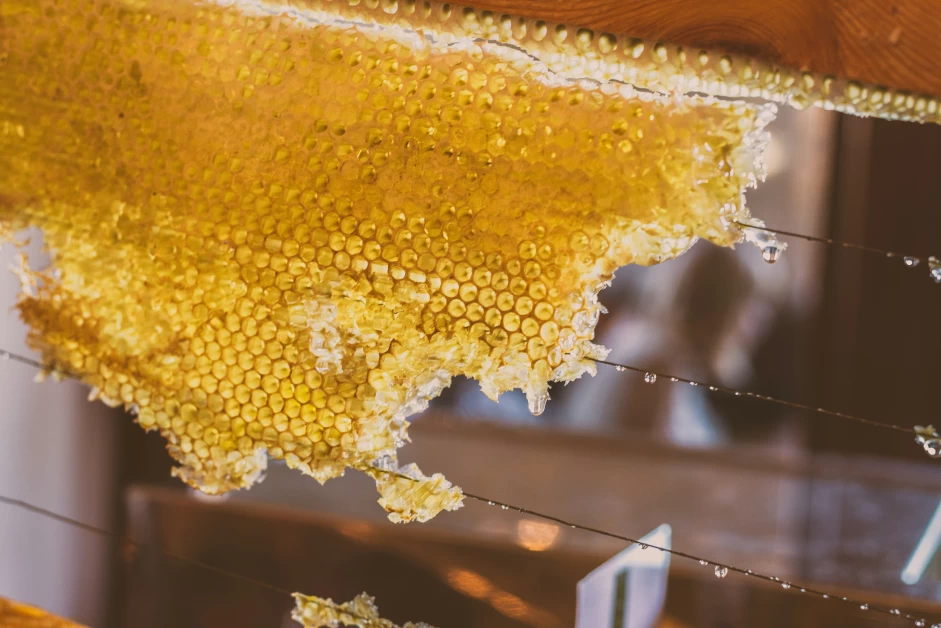Table of Contents
Introduction
Optimel Manuka Honey Forte eye gel is a powerful remedy for those suffering from dry eyes, blepharitis, and irritated eyelids. This innovative product is designed to be used in conjunction with lubricating eye drops, providing comprehensive relief for your eye health. With the healing properties of Manuka Honey, this eye gel offers a natural solution to stabilize and improve the condition of your eyes. In this article, we will explore the benefits, application, and precautions of using Optimel Manuka Honey Forte eye gel.
Benefits of Optimel Manuka Honey Forte Eye Gel
Optimel Manuka Honey Forte eye gel offers a range of benefits for your eye health. By creating a micro-environment that supports healing, the Manuka Honey in this gel helps to prevent further damage to the surface of the eye. Additionally, it aids in softening crusts that may form along the lid margin, promoting lid-margin hygiene. By reducing lid margin bacteria and consequent inflammation around the meibomian gland ducts, this eye gel helps to alleviate symptoms associated with dry eyes and blepharitis.
Application Instructions
Optimel Manuka Honey Forte eye gel is primarily designed to be applied along the lid margins. However, it can also be applied into the lower lid pocket if desired. For optimal results, apply the gel three times a day. It is important to note that a stinging sensation may occur upon application, but this should be short-lived. Mild redness may also occur. If you experience any reactions other than transient stinging and redness, discontinue use and consult an eye care professional.
Precautions and Warnings
Before using Optimel Manuka Honey Forte eye gel, there are a few precautions and warnings to consider. Do not use this product if you have a history of hypersensitivity or sensitivity to honey or food gums without seeking medical advice. It is also important to wait at least 30 minutes before inserting contact lenses after using the eye gel. Children under the age of 12 should only use this product under the advice of an eye care specialist or doctor. Remember to replace the cap after each use to maintain the product’s integrity.
Ingredients
The key lubricant in Optimel Manuka Honey Forte eye gel is pharmaceutical grade Manuka Honey from the Leptospermum sp plant. This high-quality honey makes up 98% of the gel’s composition, with the remaining 2% consisting of Sodium Chloride and Purified Water. These ingredients work together to provide the best possible care for your eyes.
Conclusion
Optimel Manuka Honey Forte eye gel offers a natural and effective solution for those suffering from dry eyes, blepharitis, and irritated eyelids. By harnessing the healing properties of Manuka Honey, this eye gel helps to stabilize the health of your eyes and alleviate symptoms. When used alongside lubricating eye drops, Optimel Manuka Honey Forte eye gel provides comprehensive relief and support for your eye health. Remember to follow the application instructions and precautions outlined in this article to ensure the best results. Say goodbye to dry eyes and irritated eyelids with Optimel Manuka Honey Forte eye gel.
For more information about Manuka Honey and its benefits, visit https://aboutmanukahoney.com.


